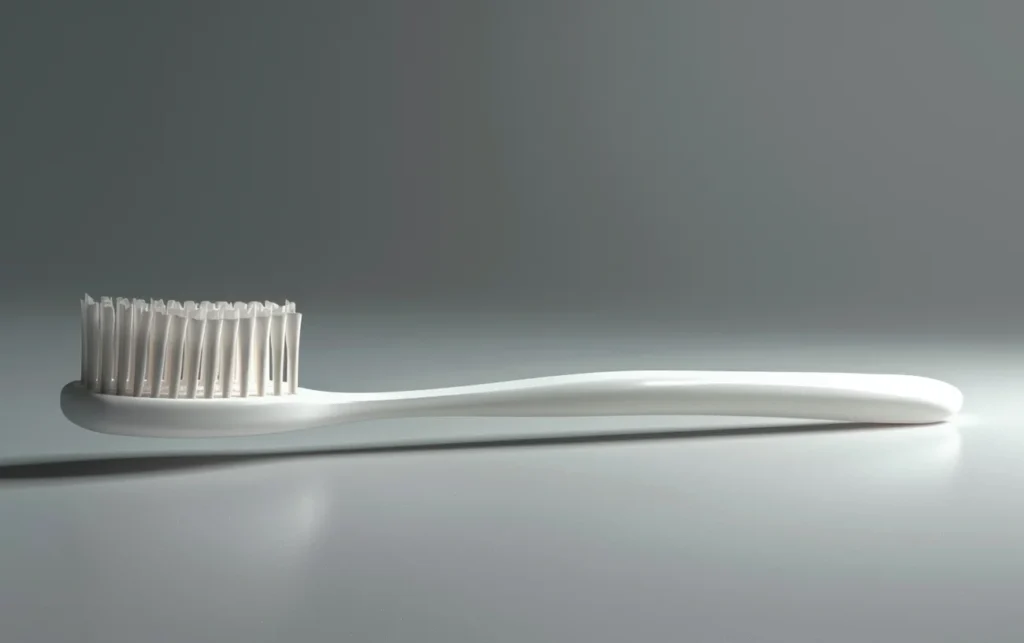Many people underestimate the significance of regularly changing their toothbrushes. It may seem trivial, yet a frayed or worn toothbrush can be less effective in removing plaque and bacteria from your teeth. According to dental professionals, using an old toothbrush can lead to various oral health issues, including gum disease and tooth decay.
How Often Should You Change Your Toothbrush?
Dental experts recommend that you replace your toothbrush every three to four months. However, there are several factors that can dictate this timeline, including:
- Brushing Technique: If you apply excessive pressure while brushing,
the bristles may wear out more quickly, necessitating more frequent replacements. - Illness: If you have been sick, it’s a good idea to change your toothbrush
to avoid reintroducing harmful bacteria and viruses into your mouth. - Children’s Toothbrushes: Kids tend to be less gentle with their brushes,
so you may need to replace their toothbrushes even more frequently.
Signs It’s Time for a Replacement
Besides the recommended time frame, there are some clear signs that indicate your toothbrush needs replacing:
- Worn Bristles: If the bristles are frayed or bent, it’s time to toss it.
- Discoloration: A change in color can indicate that bacteria are accumulating on your toothbrush.
- Age: If you can’t remember when you last changed your toothbrush, it
might be overdue!
Tips for Maintaining Oral Health
Beyond changing your toothbrush regularly, here are some additional tips to maintain optimal oral health:
- Brush your teeth twice a day with fluoride toothpaste.
- Floss daily to remove plaque and food particles between teeth.
- Visit your dentist regularly for check-ups and cleanings.
By following these guidelines, you can help ensure that your toothbrush remains effective and that your oral hygiene routine stays on track!

